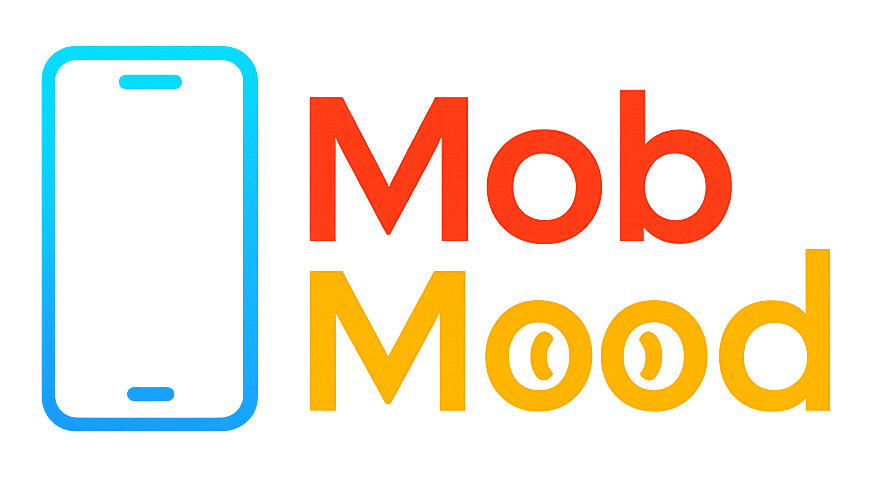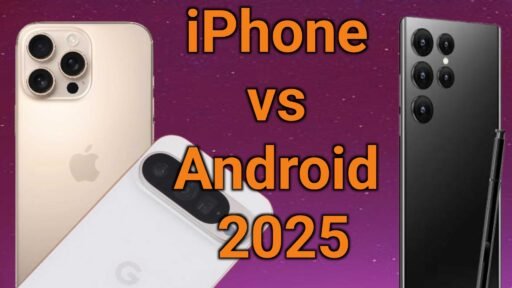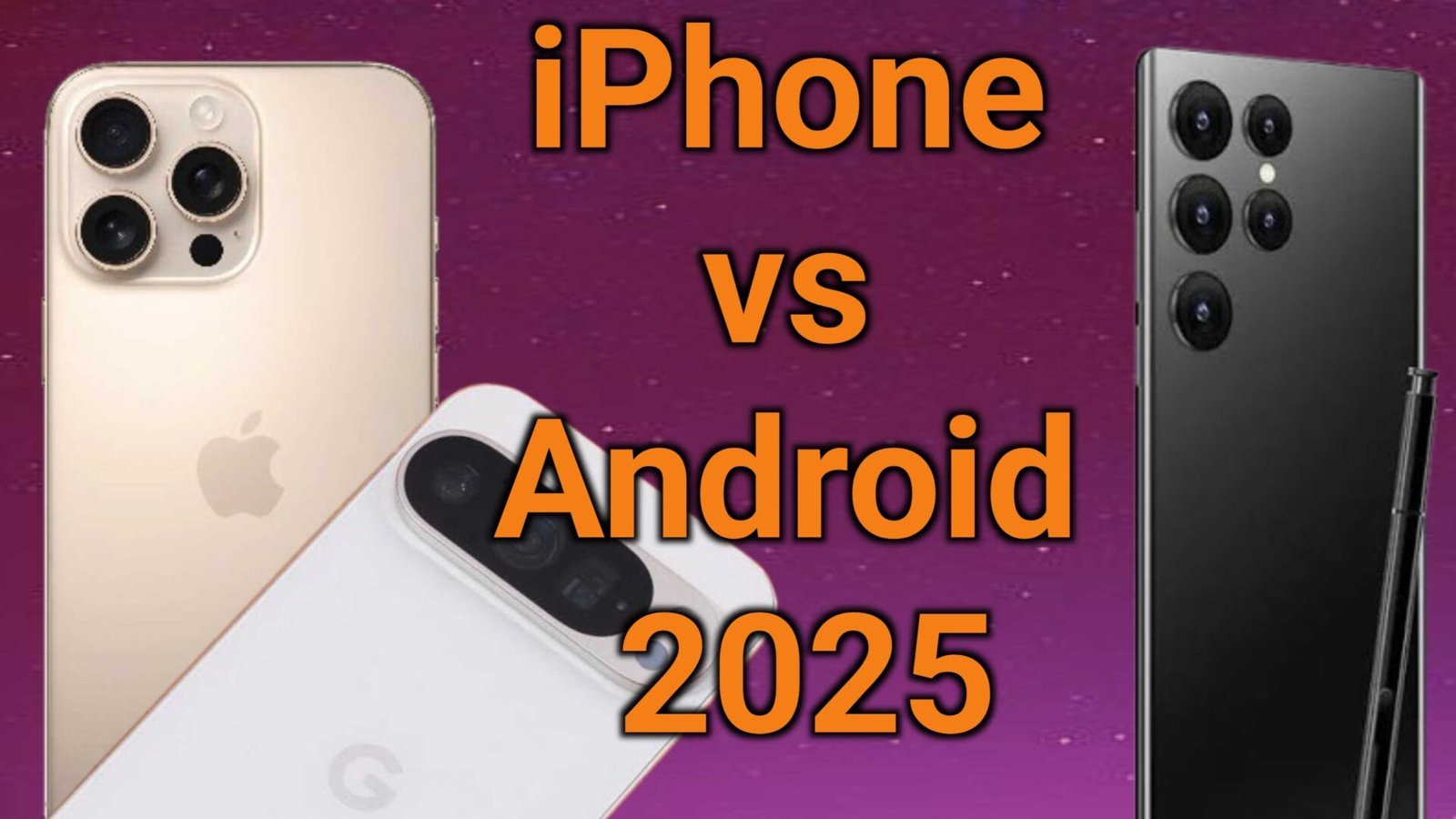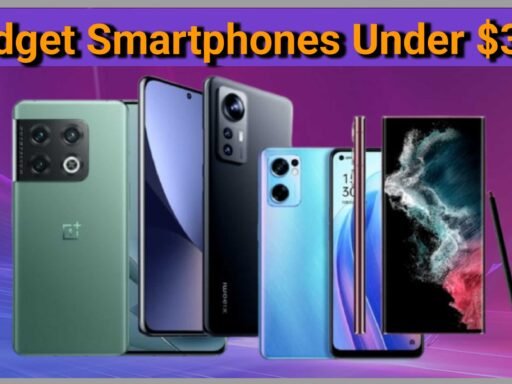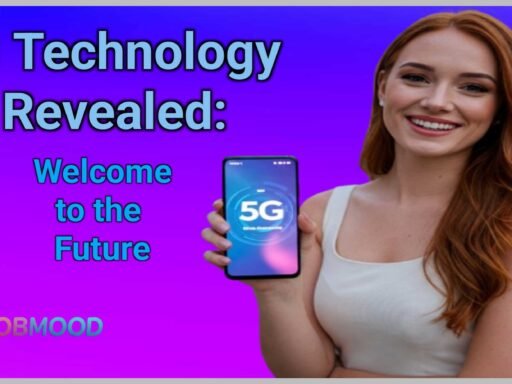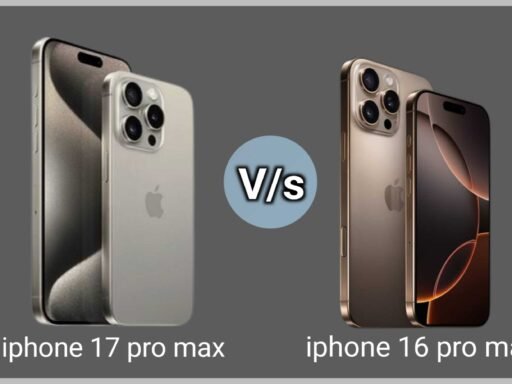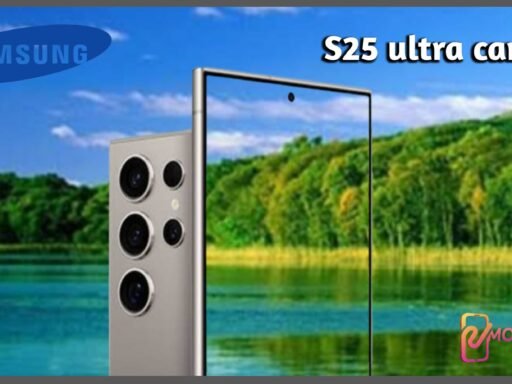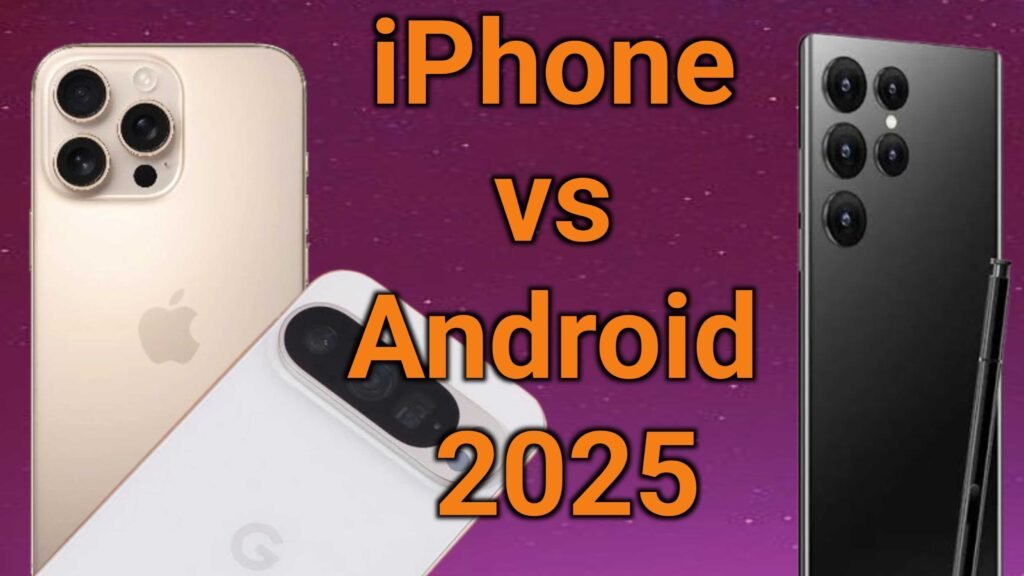
Have you ever stood in a phone store, completely paralyzed by indecision between an iPhone and an Android device? You’re definitely not alone. As someone who’s switched between both ecosystems multiple times, I can tell you this rivalry isn’t just marketing hype it represents two fundamentally different approaches to what a smartphone should be.
In 2025, the iPhone vs Android comparison has evolved beyond specs into a lifestyle choice that impacts how we communicate, create content, and connect with our digital world. Let’s cut through the noise and explore what really matters when choosing your next smartphone companion.
iPhone vs Android: Performance That Powers Your Daily Life
Remember when we used to count processor cores and RAM like they were the holy grail of performance? The landscape has changed dramatically. Apple’s A18 Pro chip in the iPhone 16 Pro has set new benchmarks that are tough to ignore, especially with its dedicated neural processing units tailored for Apple Intelligence.
During my testing, the iPhone 16 Pro launched apps almost instantaneously and handled everything from 4K video editing to graphically demanding games without breaking a sweat. The seamless integration between Apple’s hardware and software creates a fluidity that’s immediately noticeable.
Android’s approach is more diverse. The Samsung Galaxy S25 Ultra with its Snapdragon 8 Elite processor delivers exceptional performance that rivals and sometimes exceeds the iPhone in multi-tasking scenarios. Meanwhile, Google’s Tensor G4 chip in the Pixel 9 Pro prioritizes AI capabilities over raw processing power, excelling at computational photography and on-device language processing.
What’s fascinating is how differently each platform utilizes similar hardware. In benchmark tests, iPhones consistently outperform Androids with comparable specs because iOS is optimized for specific hardware configurations. By contrast, Android must accommodate thousands of device variations, which sometimes creates inconsistencies across the ecosystem.
As a practical example, I recently watched a friend edit and upload a 4K vacation video entirely on his iPhone 16 Pro during a two-hour flight. Meanwhile, my colleague with a mid-range Android struggled with the same task, despite having similar on-paper specifications. This real-world performance gap matters more than numbers on a spec sheet.
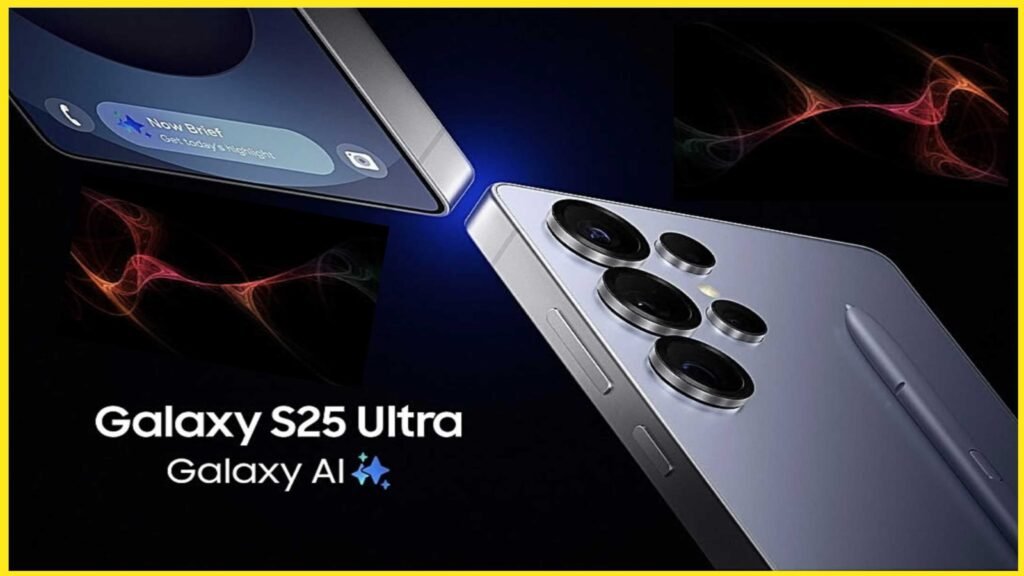
The Display Showdown: More Than Just Pretty Screens
Let’s talk about what you’re literally staring at all day. Display technology has become a major battleground in the iPhone vs Android comparison, with both sides pushing boundaries in different ways.
The iPhone 16 Pro’s Super Retina XDR display offers tremendous color accuracy and brightness (hitting up to 2,000 nits outdoors), which makes it ideal for content creators who need precise color reproduction. Apple’s ProMotion technology delivers a 120Hz refresh rate that adjusts based on what you’re doing to balance smoothness and battery life.
Yet Android manufacturers have pushed display innovation even further. Samsung’s Galaxy S25 Ultra features a stunning Dynamic AMOLED 2X display that reaches 3,000 nits peak brightness with a variable refresh rate that can drop to just 1Hz when viewing static content a significant battery saver. The Pixel 9 Pro’s Actua display offers similar advantages with additional AI-enhanced color tuning that adapts to your environment.
The difference became crystal clear when I compared both phones side by side watching the same Netflix show outdoors on a sunny day. The Samsung display remained perfectly visible, while the iPhone required me to seek shade or crank up the brightness (at the expense of battery life).
Even more impressive is what’s happening with foldables a category Apple hasn’t entered. The Galaxy Z Fold5 transforms from a standard smartphone into a mini-tablet, offering versatility that iPhone users can only dream about. For multitaskers, this form factor advantage is substantial.
Software Ecosystems: Where Your Digital Life Lives
The heart of the iPhone vs Android comparison isn’t hardware it’s the software ecosystem that shapes your daily experience.
iOS 19 represents Apple’s most significant redesign in years, introducing a beautiful “glassy” interface with subtle reflections and transparency effects that change based on how you hold your phone. The walled garden approach ensures everything works together smoothly, from AirDrop sharing files to your MacBook to continuing text messages across devices.
I’ve personally found that Apple’s ecosystem lock-in is both its greatest strength and its limitation. When you’re fully invested in Apple products, the integration is magical my Apple Watch unlocks my MacBook automatically, my AirPods seamlessly switch between devices, and my photos appear instantly across all my devices.
Android 16 takes a fundamentally different approach, embracing openness and customization. The new Live Updates feature lets apps update themselves in the background, while adaptive apps automatically resize themselves for different screen sizes. Google’s ecosystem is more flexible, allowing you to mix devices from different manufacturers while maintaining core functionality.
“Android’s open ecosystem allows for greater hardware diversity and customization options, while iOS provides a more controlled and consistent user experience across fewer device options,” notes a 2025 comparison from SDLCCorp. This fundamental difference defines how you’ll interact with your smartphone for years.
One friend who switched from iPhone to Android was initially overwhelmed by the customization options but now can’t imagine going back to iOS’s more restricted environment. “Being able to set up my home screen exactly how I want it and choose default apps for everything has completely changed how I use my phone,” she told me.
Camera Capabilities: Capturing Life’s Moments
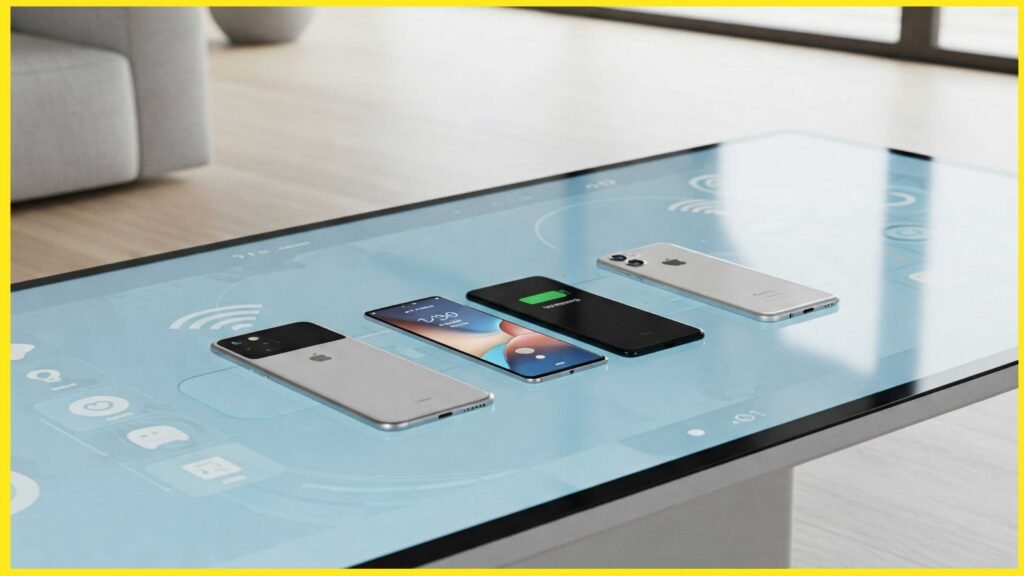
Few aspects of the iPhone vs Android comparison generate more heated debates than camera quality. The reality is nuanced and depends heavily on your photography style and preferences.
The iPhone 16 Pro introduces a dual 48MP camera system (main and ultra-wide) with computational photography that produces consistently excellent photos in most situations. Apple’s approach prioritizes natural colors and reliability you rarely get a bad shot, but you might miss some of the creative possibilities that Android phones offer.
“The iPhone is a perfectly average camera that delivers non-offensive results in any setting, whereas each of the other phones struggles in some scenarios but excels in others,” observed one Reddit commenter in a popular camera comparison thread.
Android flagships have pushed hardware boundaries further. The Galaxy S25 Ultra offers a versatile quad-camera system with a 200MP main sensor and 10x optical zoom that captures incredible detail even at extreme distances. The Pixel 9 Pro, meanwhile, uses Google’s computational photography magic to deliver stunning night shots and portrait effects that often surpass dedicated cameras.
During a recent vacation, I found myself reaching for the Pixel for night shots of the city skyline and the iPhone for video recording of a street performance. Each has distinct strengths that appeal to different creative needs.
The video recording crown still belongs to Apple, with the iPhone 16 Pro capable of capturing 4K ProRes video at 120fps a feature that’s attracted serious filmmakers. Android phones are catching up with 8K recording capabilities, but the end-to-end video experience on iPhone remains more polished.
Battery Life and Charging: Power When You Need It
Nothing kills enthusiasm for a phone faster than anxiety about battery life. This aspect of the iPhone vs Android comparison reveals interesting tradeoffs.
The iPhone 16 Pro has addressed previous battery concerns with impressive all-day battery life, easily handling 6-7 hours of screen time. Apple’s tight integration between hardware and software enables power optimizations that extract maximum efficiency from relatively smaller battery capacities.
However, charging remains Apple’s Achilles’ heel. The iPhone 16 Pro maxes out at around 27W wired charging, taking over an hour to fully charge. Apple’s wireless charging solution offers convenience at the expense of speed, delivering just 15W power transfer while requiring perfect alignment with the charging pad.
Android manufacturers have turned fast charging into a competitive advantage. Several Chinese manufacturers like Xiaomi and OPPO have introduced lightning-fast 150W charging technologies that can refill a battery from empty to full in roughly 20 minutes. Even Samsung has pushed ahead with 45W charging on the S25 Ultra. For busy professionals who often need quick power boosts throughout the day, this difference is significant.
As someone who’s frequently on the go, I’ve experienced the real-world impact of these charging differences. During a recent airport layover, I managed to add 40% battery to my Android phone in just 15 minutes at a charging station something impossible with an iPhone.
Several Android phones also offer reverse wireless charging, allowing you to charge earbuds or even help out a friend’s dying phone in a pinch. It’s a small feature that demonstrates how Android often prioritizes practical utility over aesthetic minimalism.
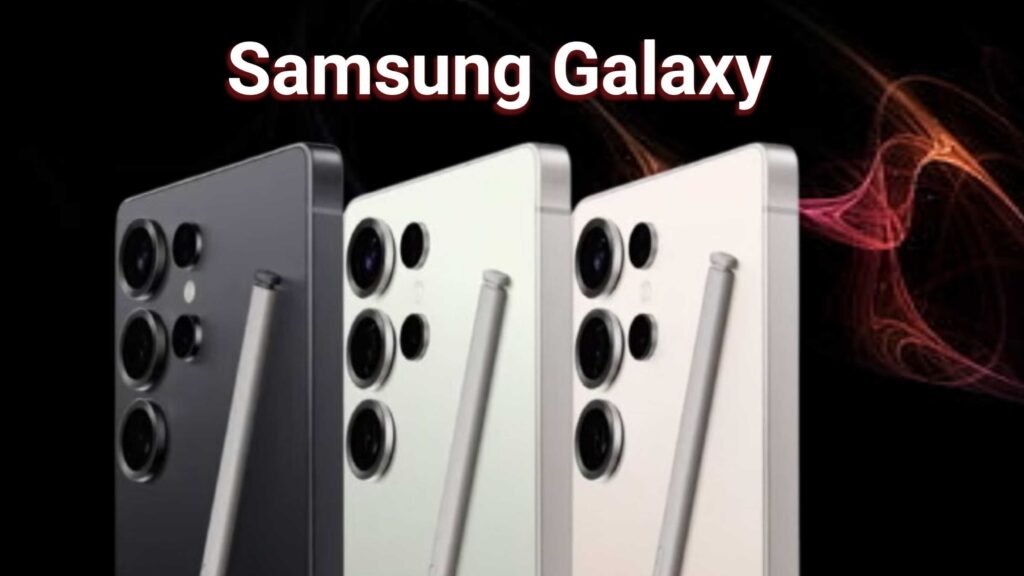
The Price Equation: Value vs Premium Experience
Perhaps no aspect of the iPhone vs Android comparison is more misunderstood than pricing. The common perception that “iPhones are more expensive than Android phones” requires important context.
Flagship iPhones and premium Android devices have converged in pricing. Both premium segments now command similar price points, with top-tier models from Apple, Samsung, and Google all hovering around the thousand-dollar mark in their base configurations. At the high end, the playing field is remarkably level.
Where Android shines is variety. You can get a capable Android phone like the Google Pixel 7a for around $399 or a Nothing Phone (2) with premium features for $599. This price diversity simply doesn’t exist in Apple’s lineup, where even the “budget” iPhone 16e starts at $599.
According to recent consumer spending analysis, Apple users typically invest more in their digital ecosystem beyond the initial hardware purchase. The typical iPhone owner spends over twice as much on apps and services as Android users do. [This spending pattern extends beyond initial purchase to the total cost of ownership.]
The equation shifts when considering longevity. Apple typically provides 5-7 years of software updates compared to 3-4 years for most Android phones (though Google now offers 7 years for Pixel devices). iPhones also retain resale value better a three-year-old iPhone typically fetches about 50% of its original price, while most Android phones struggle to reach 30%.
A friend who recently switched from Android to iPhone justified the higher initial cost by calculating the total ownership expense over four years, including resale value. “When I factored everything in, the iPhone actually worked out cheaper in the long run, even though it cost more upfront,” he explained.
Privacy and Security: Protecting Your Digital Life
In today’s connected world, privacy has become a crucial factor in the iPhone vs Android comparison.
Apple has made privacy a cornerstone of its brand identity. The latest iOS version reinforces this commitment with sophisticated tracking prevention tools and transparent permission systems that give users unprecedented control over their personal data. This approach stems directly from Apple’s revenue model that doesn’t rely on advertising or data harvesting.
Google has made significant strides with Android 16’s Privacy Sandbox, which limits cross-app tracking while still enabling personalized experiences. Despite these improvements, the fundamental open architecture of Android creates potential vulnerabilities, particularly for users who venture outside the official app marketplace to install software from unknown sources.
During a recent privacy workshop I attended, security experts highlighted that both platforms are generally secure when used as intended, but iPhone edges ahead for users who prioritize privacy above all else. For most users, following basic security practices (strong passwords, two-factor authentication, keeping software updated) matters more than their choice of platform.
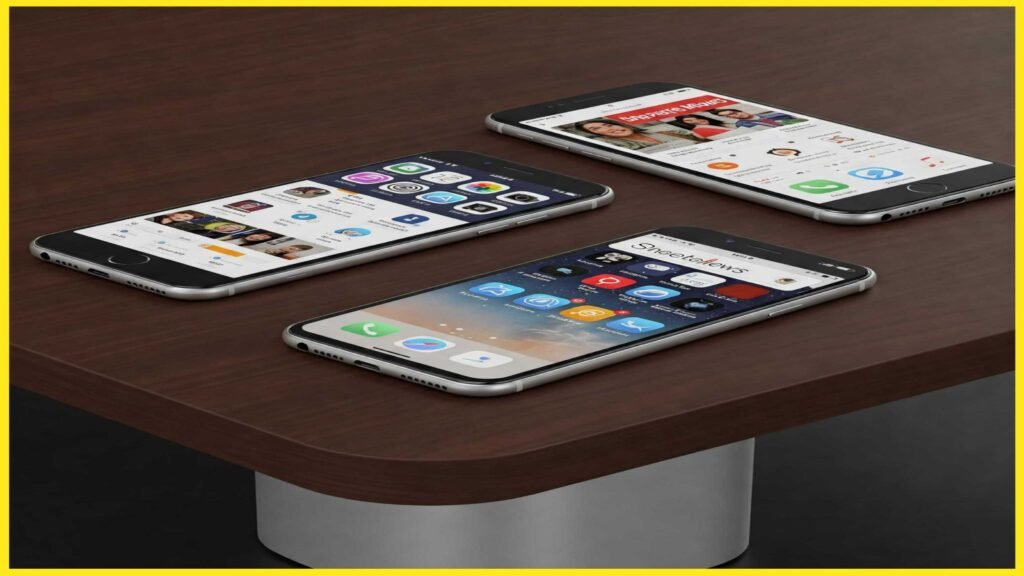
Making Your Choice: Which Ecosystem Is Right for You?
After comparing every aspect of the iPhone vs Android debate, the truth is that there’s no universal “better” option just the right phone for your specific needs and preferences.
Choose iPhone if:
- You value simplicity, reliability, and a cohesive ecosystem
- Other Apple devices play important roles in your digital life
- Long-term software support and high resale value are priorities
- Video recording and consistent photography matter to you
- Privacy concerns influence your technology choices
Choose Android if:
- Customization and flexibility are important to your workflow
- Budget flexibility across different price points matters
- You prefer cutting-edge hardware features before they become mainstream
- Specialized capabilities like extreme camera zoom or stylus support appeal to you
- Fast charging and battery versatility are daily necessities
My neighbor, a busy real estate agent, swears by her iPhone because it integrates seamlessly with her MacBook and iPad for showing properties. Meanwhile, my tech-enthusiast brother-in-law prefers Android for the customization options and early access to experimental features.
The Bottom Line: Two Strong Contenders, Different Philosophies
The iPhone vs Android comparison in 2025 isn’t about declaring a winner it’s about understanding which philosophy aligns with your digital lifestyle. Apple’s controlled, integrated approach creates a polished experience with fewer surprises, while Android’s open, diverse ecosystem offers more choices and cutting-edge experimentation.
What’s fascinating is how these platforms have influenced each other over time. iOS has embraced more customization options, while Android has improved its consistency and long-term support. This healthy competition benefits all smartphone users regardless of which camp they choose.
Your smartphone is perhaps the most personal technology you own it holds your memories, connects you to loved ones, and helps navigate daily life. The best choice is the one that feels right in your hands and seamlessly supports how you live, work, and play.
Have you made the switch between platforms? What surprised you most about the experience? Your perspective might be exactly what helps someone else make their decision in the ongoing iPhone vs Android debate.
